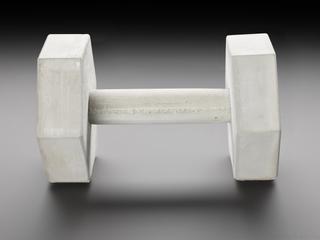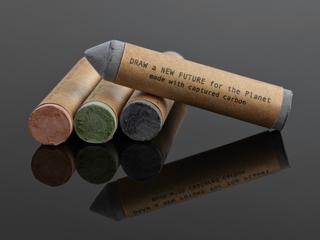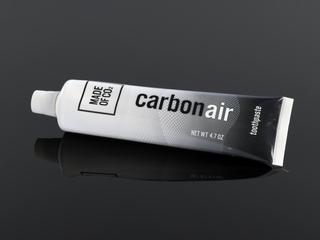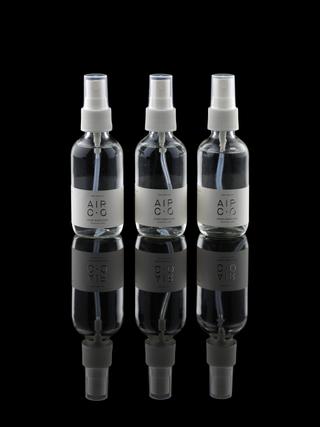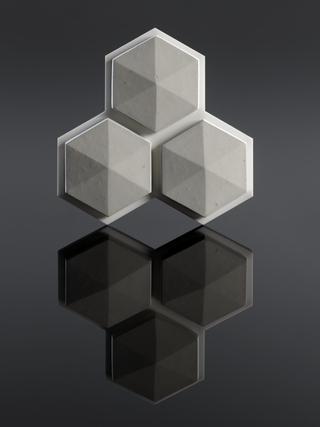Main Unit for Climeworks carbon collector unit
Main unit for demonstrator unit, for direct air capture (DAC) of carbon dioxide, made by Climeworks, Switzerland, 2013. This standalone mobile carbon collector contains a patented filter material and can extract 8 kg of carbon dioxide from ambient air per day.
More
Until recently, direct air capture (DAC) – the removal of carbon dioxide from ambient air – was considered to be technically and economically unviable. However, how many governments and scientists judge that it will be a crucial technology for limiting dangerous climate change, without which the world is unlikely to meet its pledges to keep warming within a tolerable range.
Climeworks is a Swiss company spun out from ETH Zurich in 2009. In 2017 they opened the world’s first commercial DAC project, in Hinwil, near Zurich, and produced the world’s only commercial direct air capture machine. As of 2021, Climeworks had built 15 DAC sites across Europe, each with up to 18 full-size carbon collector units.
This unit is a demonstrator scale module of Climeworks’s carbon collecting technology. It is designed to be used for demos and testing, and normally comes with a controller unit and touchscreen control (not included in this acquisition). The collectors draw ambient air in using a fan, and the carbon dioxide is captured on a highly selective filter material inside. When the filter is saturated with carbon dioxide, the collector is closed and the filter heated to 100 degrees Celsius. Using a method developed by the interdisciplinary Carbfix project, the carbon dioxide is mixed with water and pumped underground, where it is mineralised in the rocks. Science Museum object no. 2021-154 is a basalt carbon core containing mineralised carbon dioxide, produced during a research project on which Climeworks was a collaborator.
Climeworks has ambitious plans to continue the industrial scale development of DAC technology using its modular carbon collectors. The company offer a subscription service through which members of the public can support their work.



















